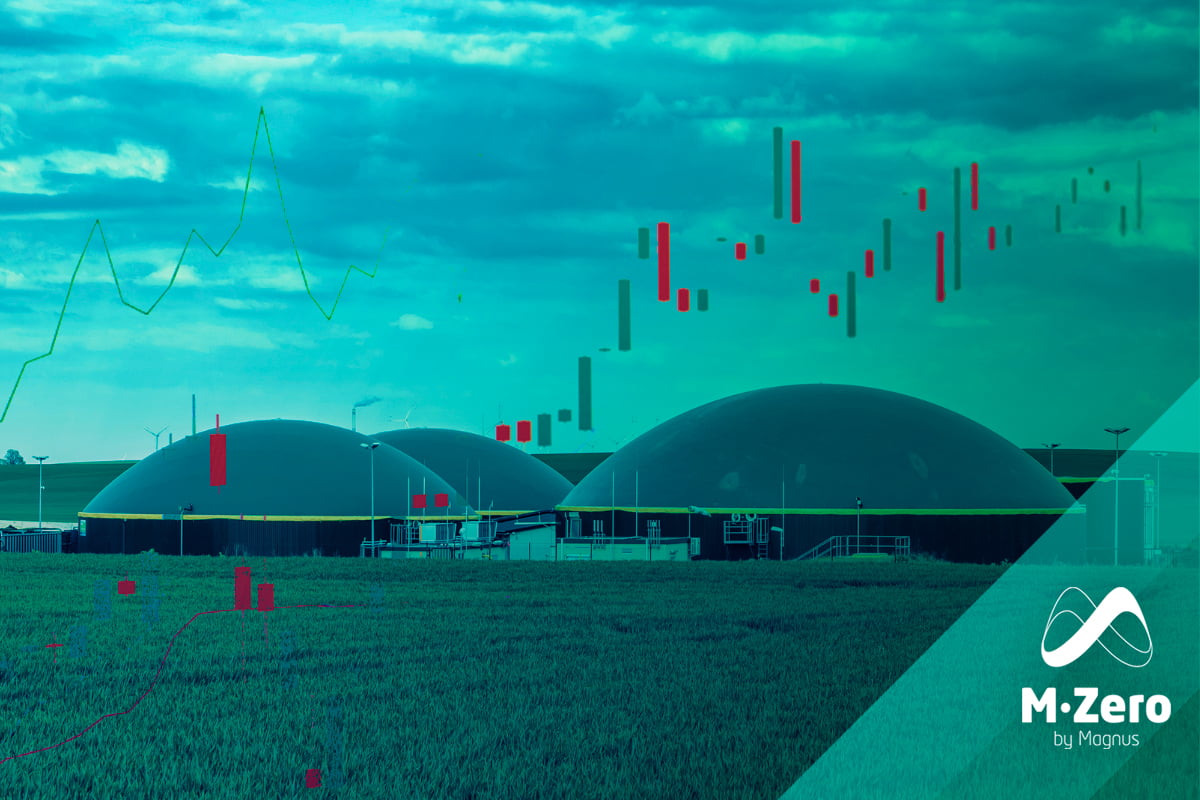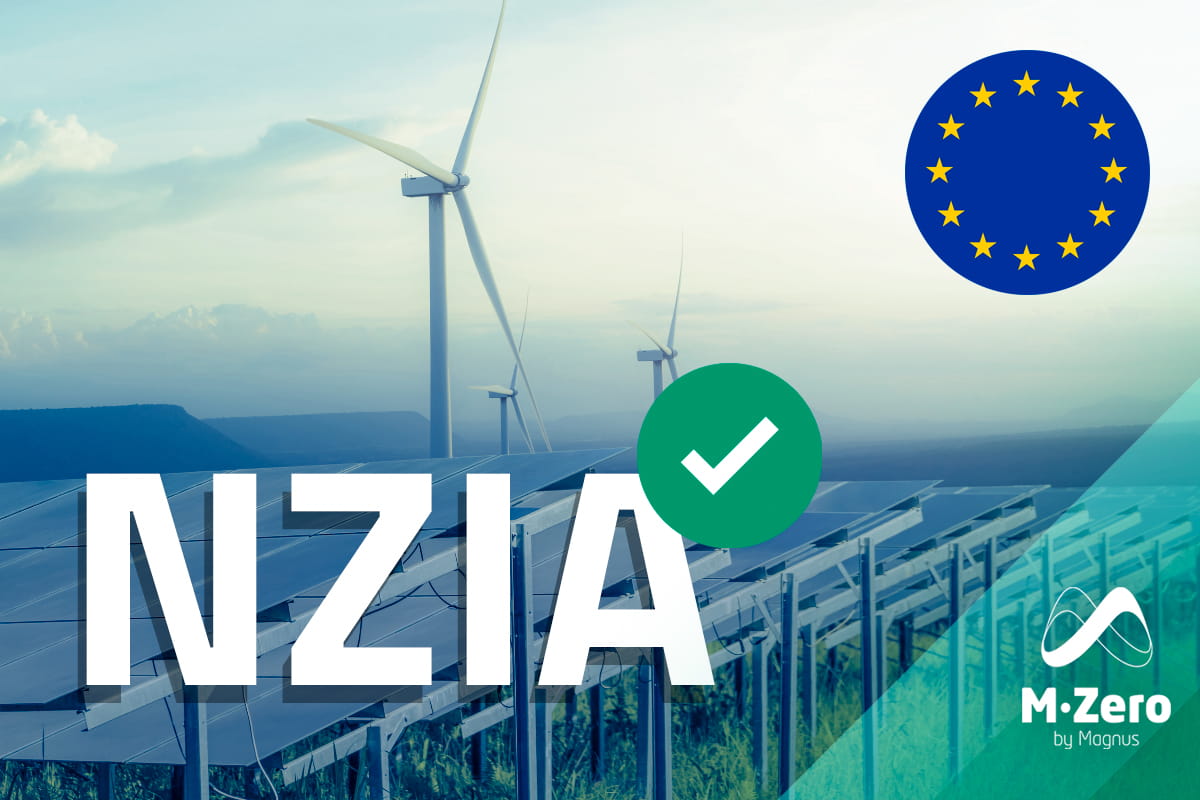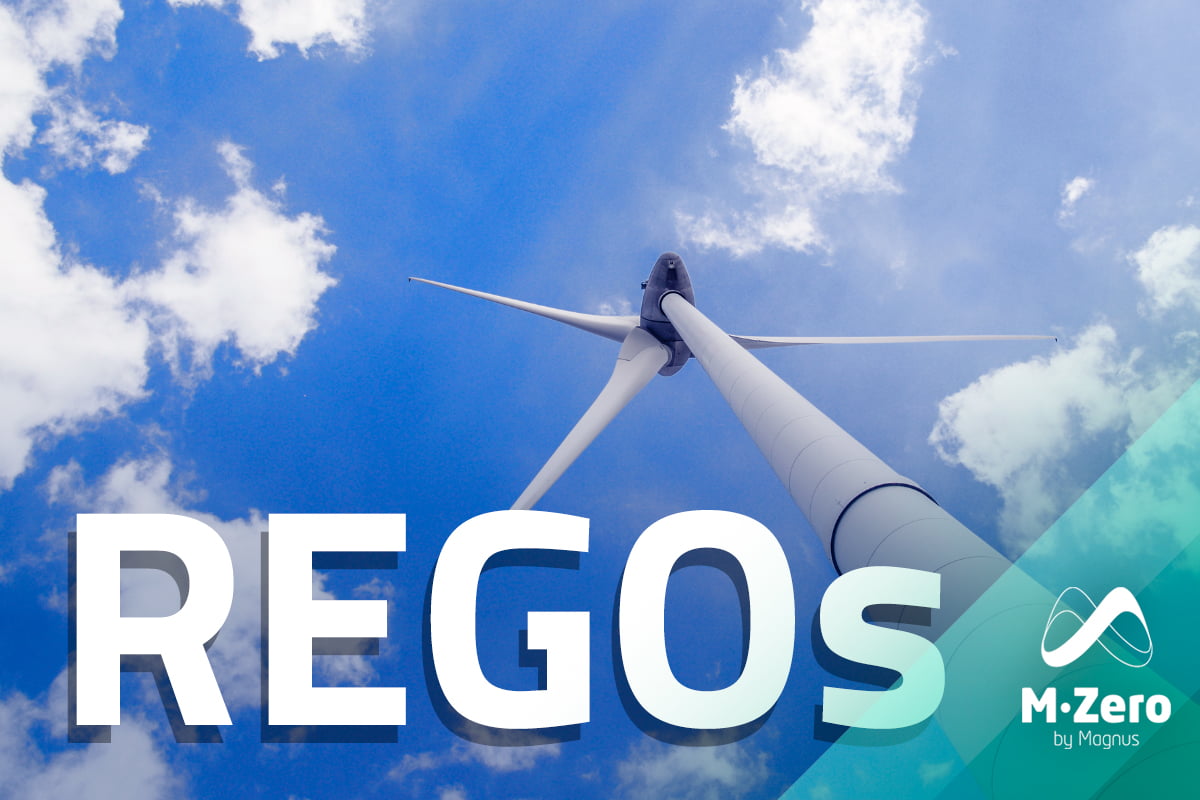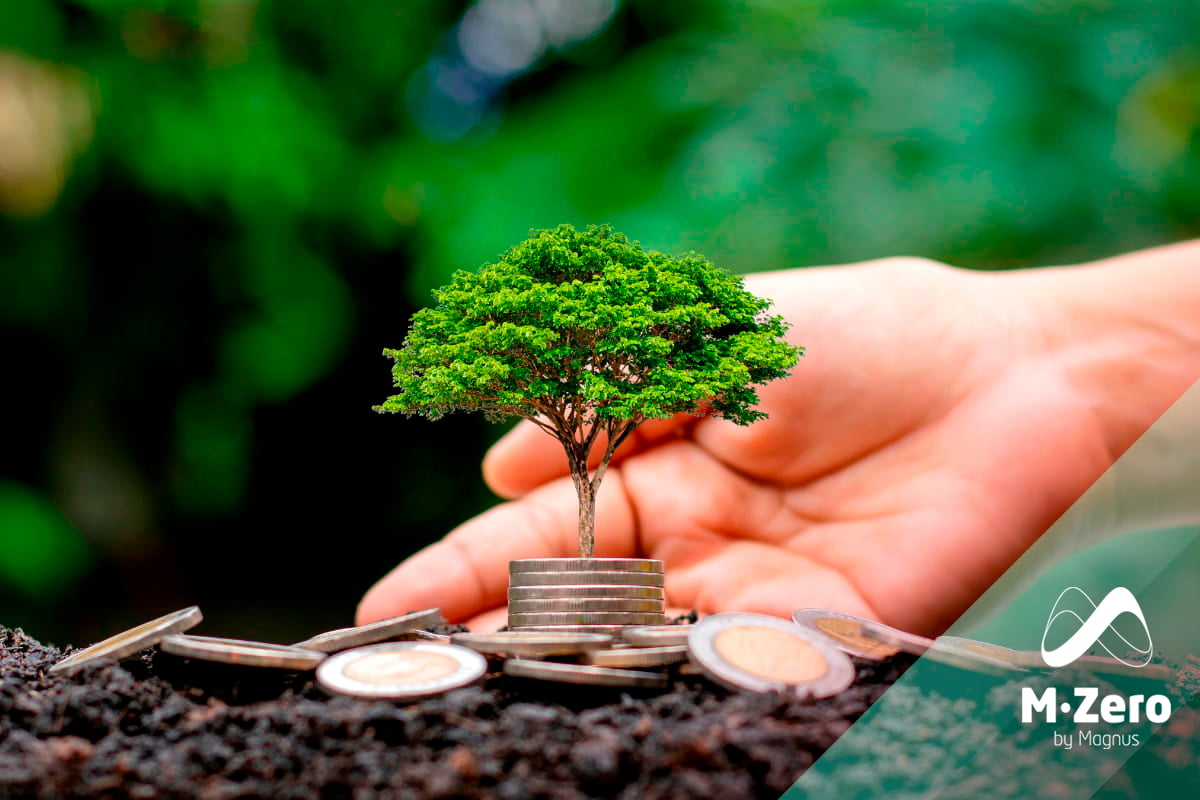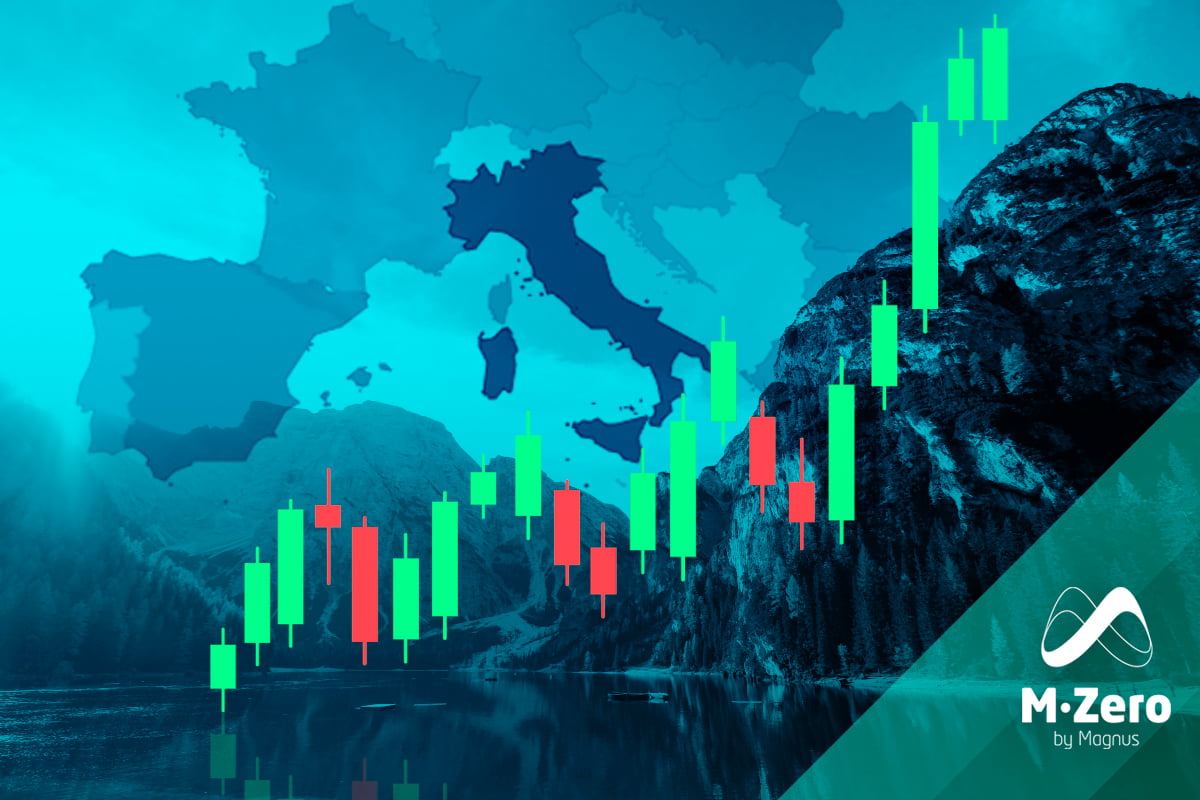
Green bonds are an increasingly popular way to invest in sustainable projects, as they offer investors the opportunity to support projects that contribute to a more sustainable future, while earning a financial return. Additionally, they help companies finance their environmental goals and enhance their reputation as sustainable leaders.
What are Green Bonds?
They are a type of debt issued by public or private institutions to finance themselves and, unlike other credit instruments, they commit the use of the funds obtained to an environmental or climate change-related project.
Their main peculiarity lies in their objective: they must be used to finance projects that contribute to the achievement of the SDGs, such as renewable energy, energy efficiency and the conservation of terrestrial and aquatic biodiversity, pollution prevention and control, green infrastructure, and sustainable development.
Who can issue green bonds?
Any entity that has the capacity to issue debt, including governments, businesses, corporations, non-profit organizations, and other institutions. Their issuance is regulated and subject to certain rules and standards.
How do green bonds work?
Green bonds work in the same way as any other bond. An entity issues them and sells them to investors, receiving funds that are used to finance sustainable and environmental projects. In return, investors receive an interest rate and a commitment from the entity to repay the borrowed capital by a certain date.
Application of the Taxonomy to Green Bonds
The European Green Taxonomy has become a priority for companies and markets as it helps investors identify environmentally sustainable economic activities through a classification system that establishes criteria and standards organized around six environmental objectives to mark the transition to an economy that favors sustainable development and climate neutrality.
Within this complex process, as the latest development, at the end of 2023, the EU Council approved the regulation to bring European green bonds into line with the taxonomy.
Let’s take a quick detour in this article, to consider the:
4 Key Steps to align business activity with the Green Taxonomy
To facilitate business alignment with the European catalogue, we focus on 4 main steps outlined in the European Union’s user guide and its new tool, EU Taxonomy Navigator.
1. Check if the activities match those listed in the European taxonomy
Firstly, eligibility: check whether any of your company’s economic activities match the activities listed in the taxonomy. For each of the 6 objectives of the taxonomy, different economic activities are included that could be taxonomic or eligible. There are more than 80 activities in different sectors present in the climate delegated act. To better identify them, use the EU Taxonomy Compass as a tool with activities listed by sector and the EU Taxonomy Calculator, which addresses the eligibility of non-financial commitments in a more interactive and quicker way.
2. Identify the activities included in the EU Taxonomy
Once you have checked that one of your company’s activities does indeed fall under one of the 6 objectives of the taxonomy, you will now need to check whether this activity meets this objective. To do this, for each of these activities we have some required selection criteria.
3. Assess whether the activities meet the technical criteria
The third step is to identify the economic activities that meet the technical criteria of no significant harm (DNSH). This involves ensuring that this activity not only contributes to the taxonomy objective but does not cause harm to the other five objectives.
4. Minimum social safeguards
These minimum guarantees, among others, follow the Guiding Principles on Business and Human Rights, and the OECD Guidelines for Multinational Enterprises or the ILO principles on decent work.
Regulation for Sustainable Finance through Taxonomies
Back to green bonds… As part of the European Commission’s strategy to finance the transition to a sustainable economy, the EU has been discussing for some time how best to establish a regulatory regime for EU green bonds. The result was the long-awaited publication of the EU Green Bond Regulation (the EuGB Regulation) in the Official Journal of the EU on 30 November 2023 and which will apply from 21 December 2024.
This is the first attempt to regulate the green bond market, which until now has operated on the basis of voluntary adoption of voluntary standards such as the ICMA Green Bond Principles and introduces a new benchmark standard whereby bonds labelled as ‘European Green Bonds’ or ‘EuGBs’ will have to comply with the requirements set out in the EuGB Regulation. These new requirements are expected to prevent greenwashing, as it will require the proceeds of EuGBs to be invested in economic activities that meet the requirements of the taxonomy under Regulation (EU) 2020/852.
CapEx Plans
Compliance with the EuGB Regulation will be mandatory for any bond designated as a ‘European green bond’ or ‘EuGB’. The designation ‘European green bond’ can only be used in respect of ‘use of proceeds’ bonds. Where the proceeds are used for capital or operating expenses, the issuer of green bonds must publish an investment plan in accordance with Annex I of Commission Delegated Regulation 2021/2178. A summary of the CapEx plan must be included in the prospectus, which must list the most significant projects undertaken by the issuer. In addition, the issuer must publish a progress report on the implementation of the plan in the annual allocation report and must be accompanied by a pre-issuance review by an external reviewer.
Renewing the financial system by aligning it with sustainability is a key challenge on the public and private agenda to achieve a greener, more resilient, and prosperous market, and taxonomy is an ally to this end. Green bonds are an important financial tool to drive sustainability. With growing demand from investors and increased awareness of the importance of investing in environmental solutions, we are likely to see an increase in green bond issuance in the near future.
If you found it interesting, please share it!
Recent Articles







